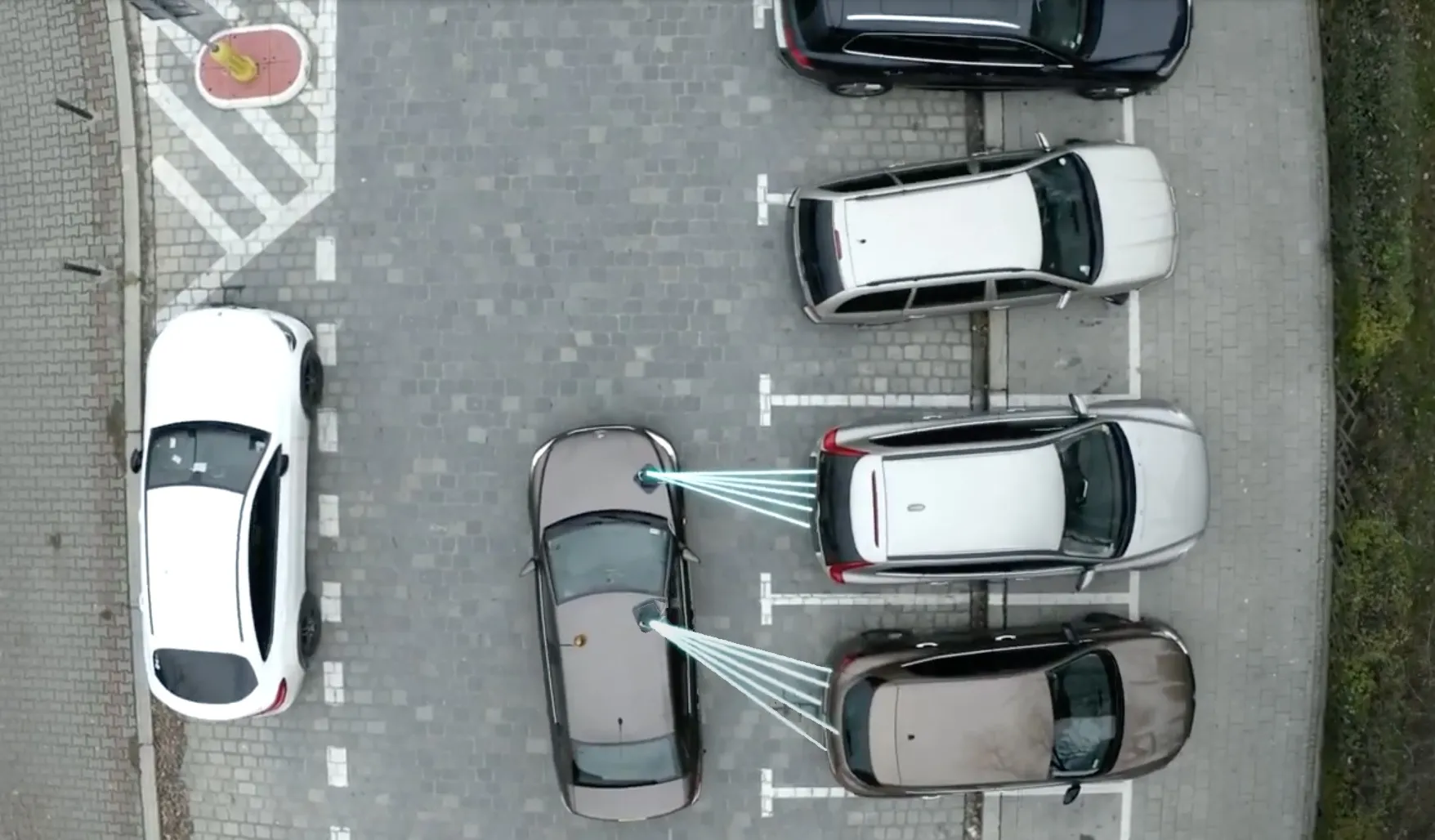
The system consists of DSRC sensors (infrared and/or microwave transceivers); a sensor for vehicle detection and classification, an ANPR and an overview camera including flash; a processing and a communication unit; and an optional power supply for autonomous operation (using a storage battery).
The N-Force Tower detects the presence of vehicles by using the detection and classification sensor. The sensor also triggers the ANPR and the overview camera for taking corresponding images. The licence plate is automatically recognised from the front image.
The vehicle is detected and toll obligation is determined. In the case of a toll-obligated vehicle, different vehicle classes, such as axle class, can be distinguished. Simultaneously, DSRC-based communication with the OBU takes place and particular information for the enforcement such as OBU ID or vehicle class is provided.
All data are combined in a single enforcement record and different enforcement checks are performed. If a potential violator is detected, the enforcement record is stored for further processing, e.g. transmitted to the Enforcement Back Office. Otherwise, all information is deleted and a statistical record is created.
“As a technology and quality leader in toll enforcement and monitoring, we have proven our competence and are further improving,” says Martin Stelzl, International Sales Manager at Efkon. “This segment shows high market potential and we are at the beginning of our expansion and integration opportunities.”










